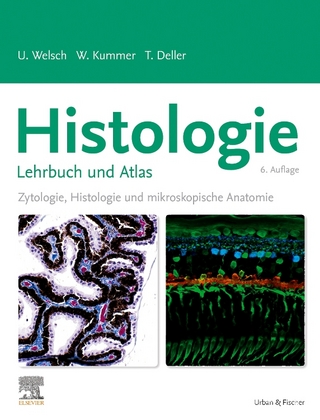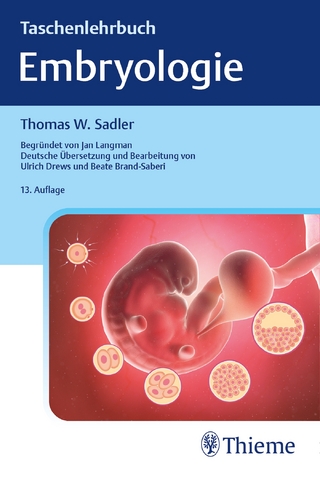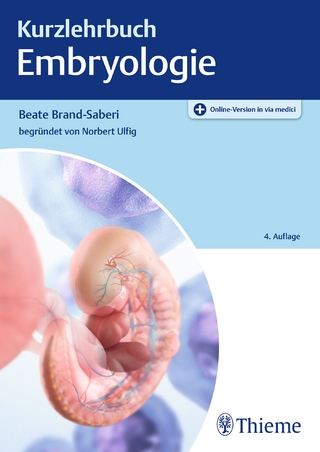
Sequelae of Low Birthweight
Cambridge University Press (Verlag)
978-0-521-41215-5 (ISBN)
- Titel ist leider vergriffen;
keine Neuauflage - Artikel merken
Low birthweight is one of the most important areas of research for those concerned with the fetus and newborn infant. Although there have been countless short-term studies from around the world, there have been very few long-term follow-up studies. In this book, Professor Dunn and his colleagues rectify the situation. The scope of children's attainments considered and the range of tests administered, are unusually wide. Neurological examination has been very detailed. Ophthalmic, auditory and vestibular disorders have rarely been sought so thoroughly. All the results have been carefully analyzed, and a large literature has been carefully reviewed. Since the introduction of neonatal intensive care, there has been a steady increase in survival of low-birthweight infants. This study emphasizes that expert perinatal care is not enough to minimize adverse sequelae; just as important are surveillance for neurodevelopmental delay and school learning difficulties, early help for any remediable defects, and an improvement in the children's environment.
Foreword Pamela A. Davies; 1. Neurological, psychological and ophthalmological sequelae of low birthweight Henry G. Dunn; 2. Description of present study Henry G. Dunn and Ann-Marie Robertson; 3. Physical growth Henry G. Dunn, Cara-Joy Hughes and Michael Schulzer; 4. Evolution of developmental and psychological test scores Annetta K. McBurney and Linda C. Eaves; 5. Clinical outcome: neurological sequelae and their evolution Henry G. Dunn, Ann-Marie Robertson and John U. Crichton; 6. Minimal brain dysfunctions Henry G. Dunn, Helena H. Ho and Michael Schulzer; 7. Statistical analysis of mild brain dysfunctions Martin L. Puterman and Henry G. Dunn; 8. Ophthalmic disorders Andrew Q. McCormick, Enid M. Tredger, Henry G. Dunn and Ruth V. E. Grunau; 9. Hearing impairment and associated factors Bryan R. Clarke, Robert F. Conry and Henry G. Dunn; Addendum: vestibular function R. Patrick Gannon; 10. Communication skills Dorothy M. Washington, Annetta K. McBurney and Ruth V. E. Grunau; 11. Educational achievement Ruth V. E. Grunau; 12. Environmental factors and neurological and intellectual functioning in relation to social growth Annetta K. McBurney and Ruth V. E. Grunau; 13. Perspective study of electroencephalograms Henry G. Dunn, Norman L. Auckland and Morton D. Low; 14. Neurological correlations and predictions Henry G. Dunn, Ann-Marie Robertson and Michael Schulzer; 15. Evolution of minimal brain dysfunctions to the age of 12 to 15 years Henry G. Dunn, Helena H. Ho, John U. Crichton, Ann-Marie Robertson, Annetta K. McBurney, Ruth V. E. Grunau and P. Susan Penfold; References; Index.
| Erscheint lt. Verlag | 1.1.1986 |
|---|---|
| Reihe/Serie | Clinics in Developmental Medicine (Mac Keith Press) ; 95 |
| Verlagsort | Cambridge |
| Sprache | englisch |
| Maße | 170 x 239 mm |
| Gewicht | 914 g |
| Themenwelt | Medizin / Pharmazie ► Medizinische Fachgebiete ► Pädiatrie |
| Studium ► 1. Studienabschnitt (Vorklinik) ► Histologie / Embryologie | |
| ISBN-10 | 0-521-41215-3 / 0521412153 |
| ISBN-13 | 978-0-521-41215-5 / 9780521412155 |
| Zustand | Neuware |
| Haben Sie eine Frage zum Produkt? |
aus dem Bereich


